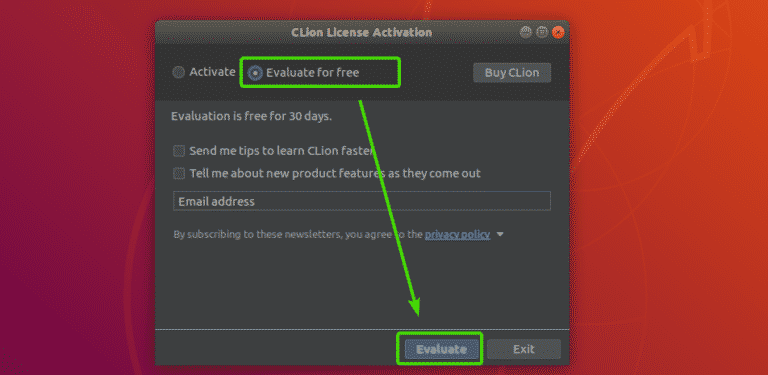

CLION INSTALLATION DRIVER
Let’s begin by editing some STM32F4 driver source code as an example. If you’re new to Vim and want to learn more, please see the links at the end of this post for some great resources on the web. The purpose of this post is to demonstrate how Vim code editing works in conjunction with CLion code navigation, not to act as a complete Vim primer. Vim integrates so seemlessly with CLion that I’ve completely forgetten that it’s a plugin and not just a basic part of the tool.

I’ve always had a deep respect for the efficiency of Vim, but it wasn’t until I combined the power of Vim text editing with the agility of CLion’s code navigation engine, that I really feel in love.
CLION INSTALLATION INSTALL
Install the Python support plugin to be able to code in both C++ and Python from the single IDE.Like so many other programmers, I’ve come to love Vim.
CLION INSTALLATION UPDATE
If you're using Jetbrains toolbox to install CLion (which you should IMO), the path to the binary changes with every update (until is resolved), but you can use this trick to always launch the latest installed version:Įxec=bash -i -c "$(ls -td /path/to/jetbrains/apps/CLion/ch-0/*/ | head -n1)/bin/clion.sh" %f Icon=/home/peci1/bin/jetbrains/apps/CLion/.icon.svgĮxec=bash -i -c "/path/to/clion/bin/clion.sh" %fĬomment=A smart cross-platform IDE for C and C++ You also have to make sure the file is not writable for your updater scripts/Jetbrains toolbox, otherwise they'll overwrite it with each update.

bashrc): I edited the desktop file ~/.local/share/applications/sktop to look like the following.

Debugging built files (nodes which you run through rosrun) is easy, you just normally run them in the IDE.That's it, you've got your workspace integrated :).Open a project's CMakeLists.txt, and tell it to open it as a project rather than as a file.Start CLion from a commandline with your sourced ROS workspace (i.e.


 0 kommentar(er)
0 kommentar(er)
